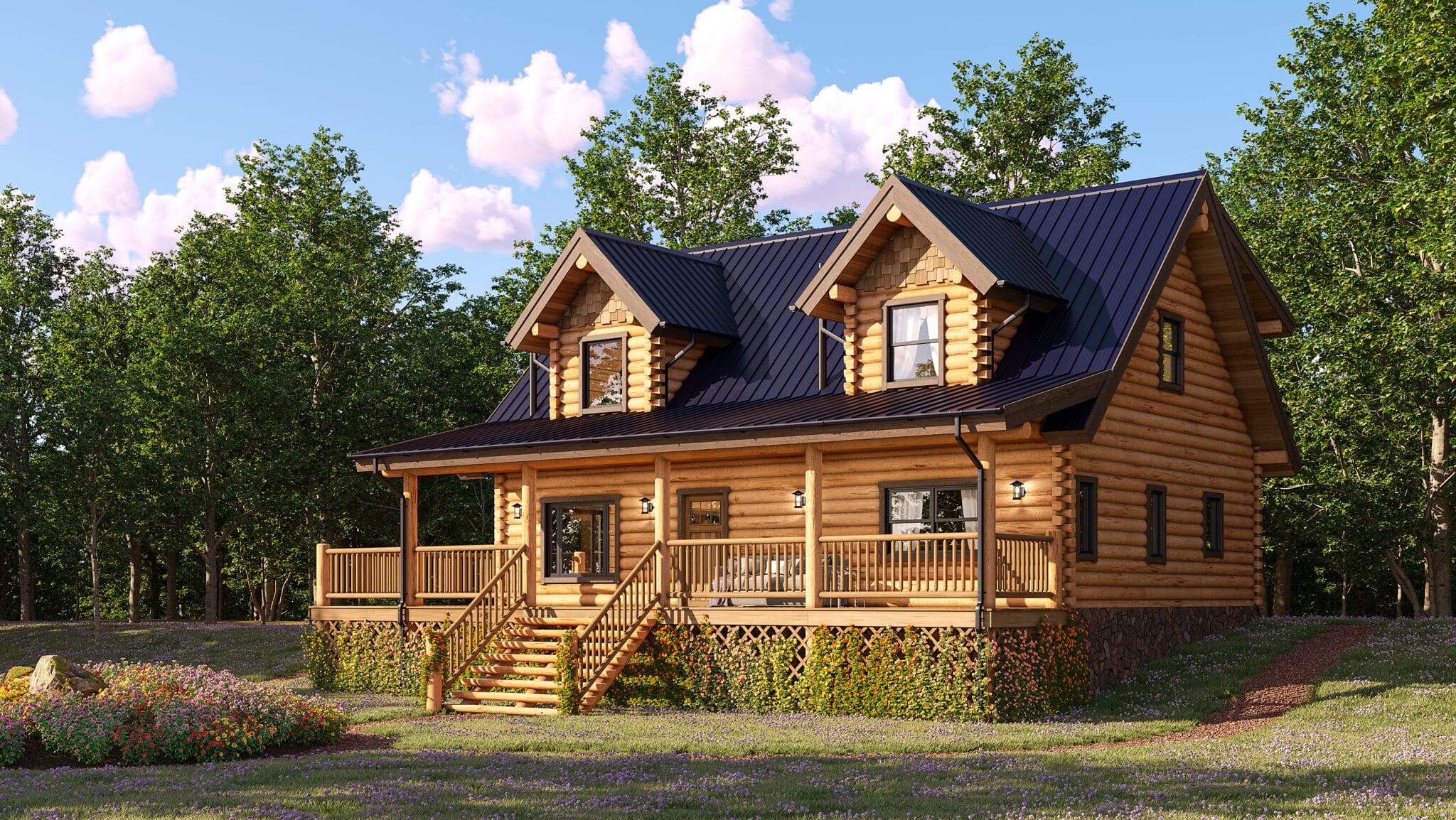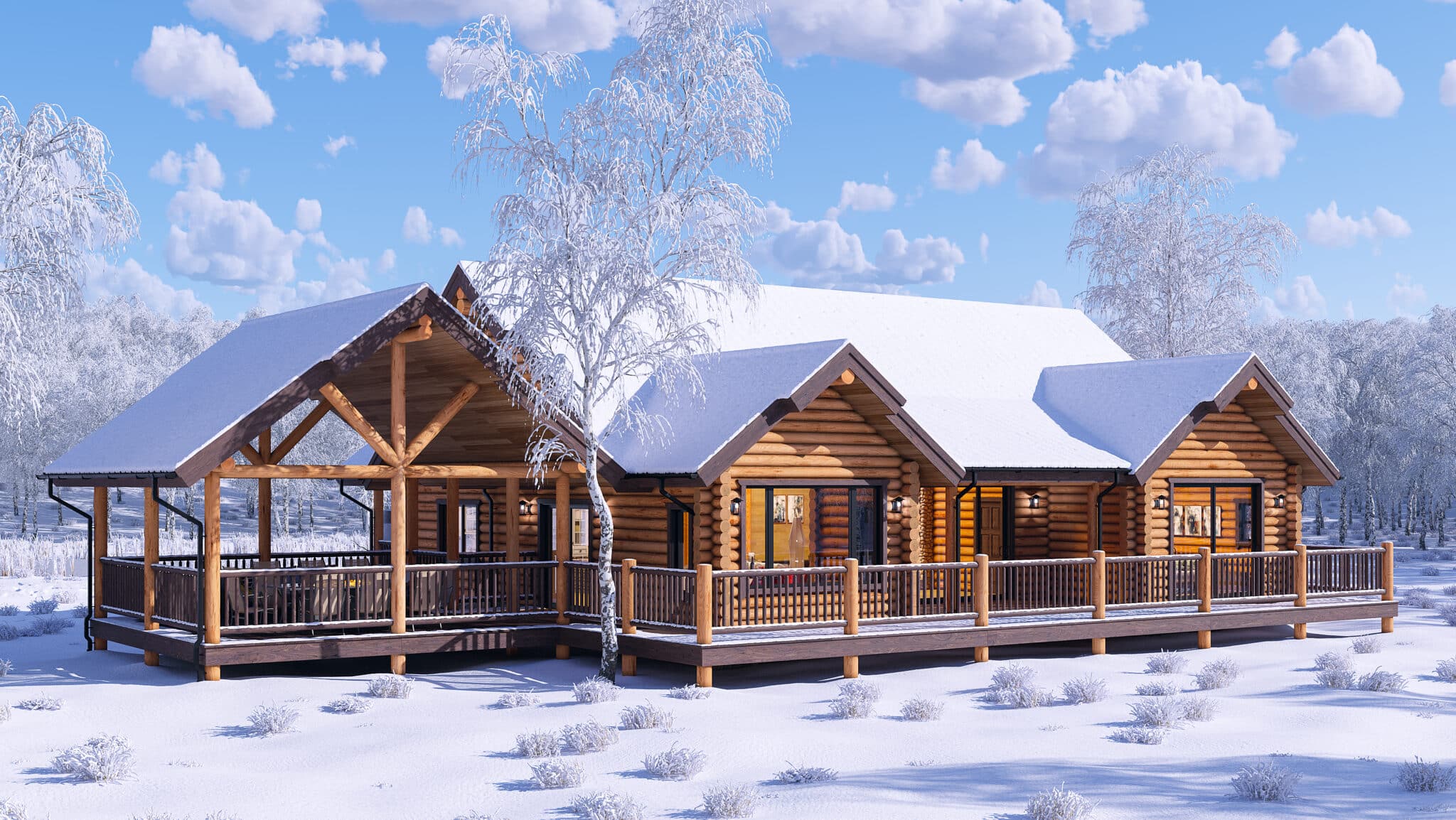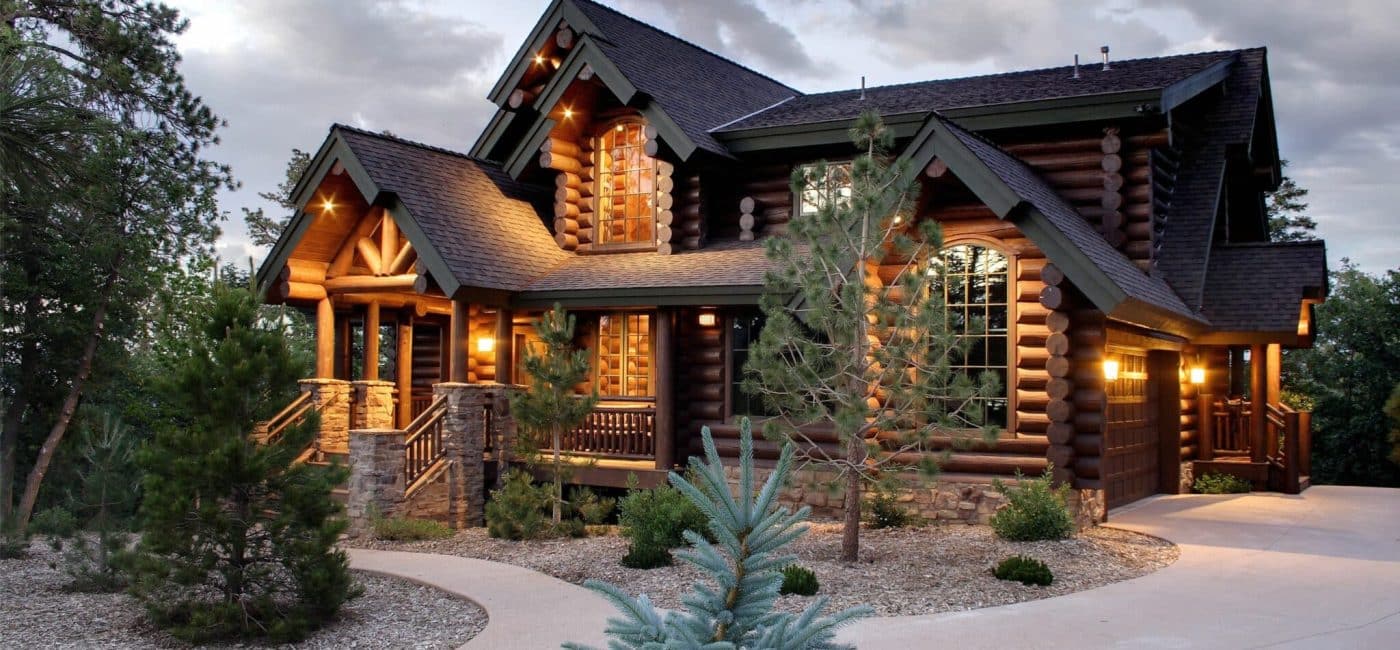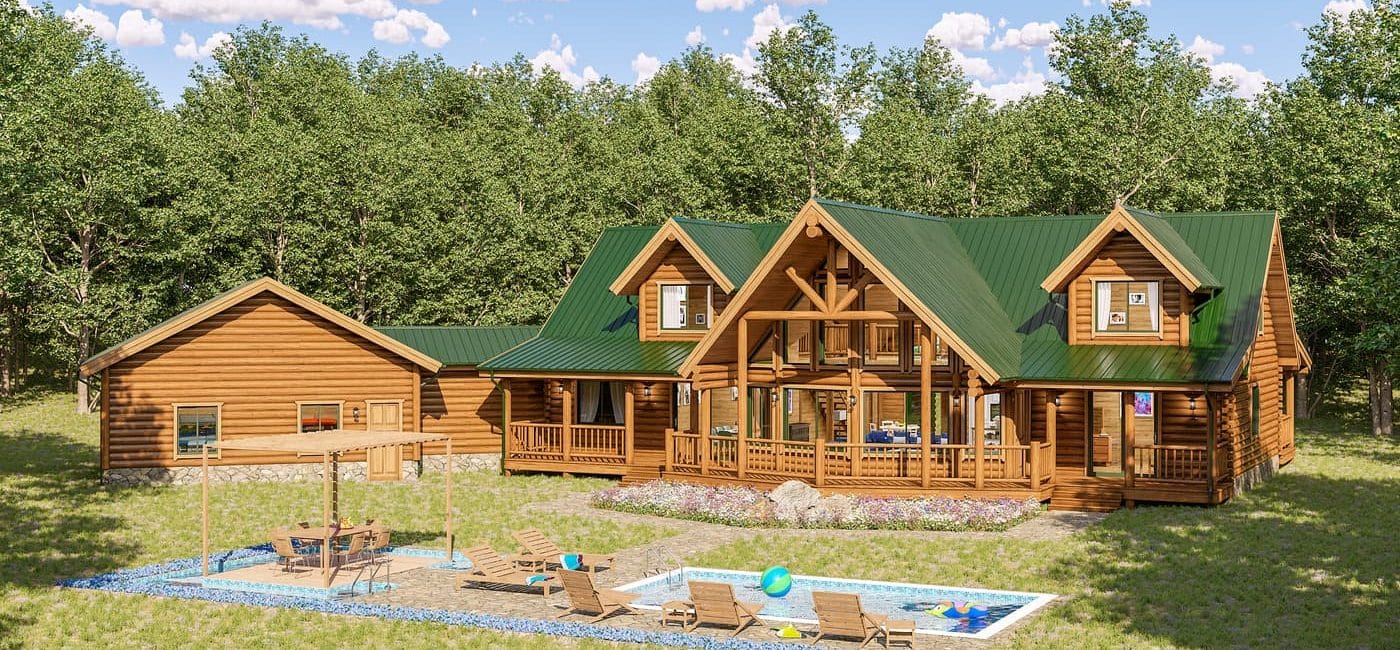How to Minimize the Risk of Losing Your Log Home to Fire
Losing your log home to a fire is devastating. Many states have seen increases in wildfires because of dry weather conditions over the past few years. Protecting your cabin from this threat is critical for protecting your family as well as your investment. While many log homes have fire-resistant features compared to traditional homes, there are several tactics and strategies you can employ to reduce the possibility of this tragedy affecting you. Here are tips to help you minimize the risk of losing your log home to a fire.
Clear the Area Around Your Log Home
Maintaining the space around your log home can help you minimize your risk. Clear the area of flammable materials such as dried leaves and twigs and other similar debris. Flying embers from wildfires at a distance can ignite this debris even if the fire does not come close to your home.
Store firewood at least 30 feet away from your home. Make sure there is at least a five-foot perimeter around your home that is free from vegetation or anything flammable, such as propane tanks. Instead of using mulch, use gravel or stone. Keep bushes at a distance from your home. You may also want to install a garden hose that can reach up to 100 feet of your property to help extinguish flames conveniently.
Increase Tree Spacing
Log homes are often built in secluded areas next to gorgeous forests and wildlands. Coniferous trees within 30 feet of your log home can become a serious wildfire threat. Deciduous trees such as oak, maple, or hickory can be more fire-resistant. Make sure there are no overhanging branches near any structures.
Thinning trees can help minimize the risk of a fire causing significant damage. Increase the space between trees to slow the spread of a fire to protect your property. This can provide time for fire rescue efforts to extinguish the threat to reduce property damage successfully.
Ember-Proof Your Log Home
There are several things you can do to directly ember-proof your log home. Clean your gutters or use covers to keep out debris and smooth any chips or splinters off your wooden deck. You may also want to apply a fire-resistant treatment to your deck or patio. Cover openings to exterior vents with metal mesh. Confirm that your windows are closed and any dog or cat doors are secured whenever you leave your log home.
Upgrade your home with fire-resistant materials. If you have wood shingles, replace them with tile, metal or slate. Tempered glass windows with at least two panes can help resist cracking and bursting from heat. Schedule annual professional cleanings of your chimney to prevent blockages that can increase your risk.
Create A Fire Resistant Barrier
If your log home has attached wood fencing, it can boost the chances of fire heading straight for your property. Instead, create a barrier at least six to 10 feet from your home using fire-resistant fencing. In an emergency, you can knock down sections of fencing to minimize the risk of fire reaching your property. This can be a far more affordable solution than replacing your fence and home with fire damage costs.
Minimize Fire Risk for Your Log Home
A fire can break out unexpectedly at any moment and create severe damage. Being proactive can help you protect your home and family from this devastating threat so you can enjoy your home for years to come. The professionals at Sierra Log & Timber can help you custom design a log home to minimize fire risk. If you already own a log home, you can receive recommendations to help you improve your fire safety. Schedule a consultation today.









